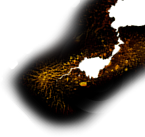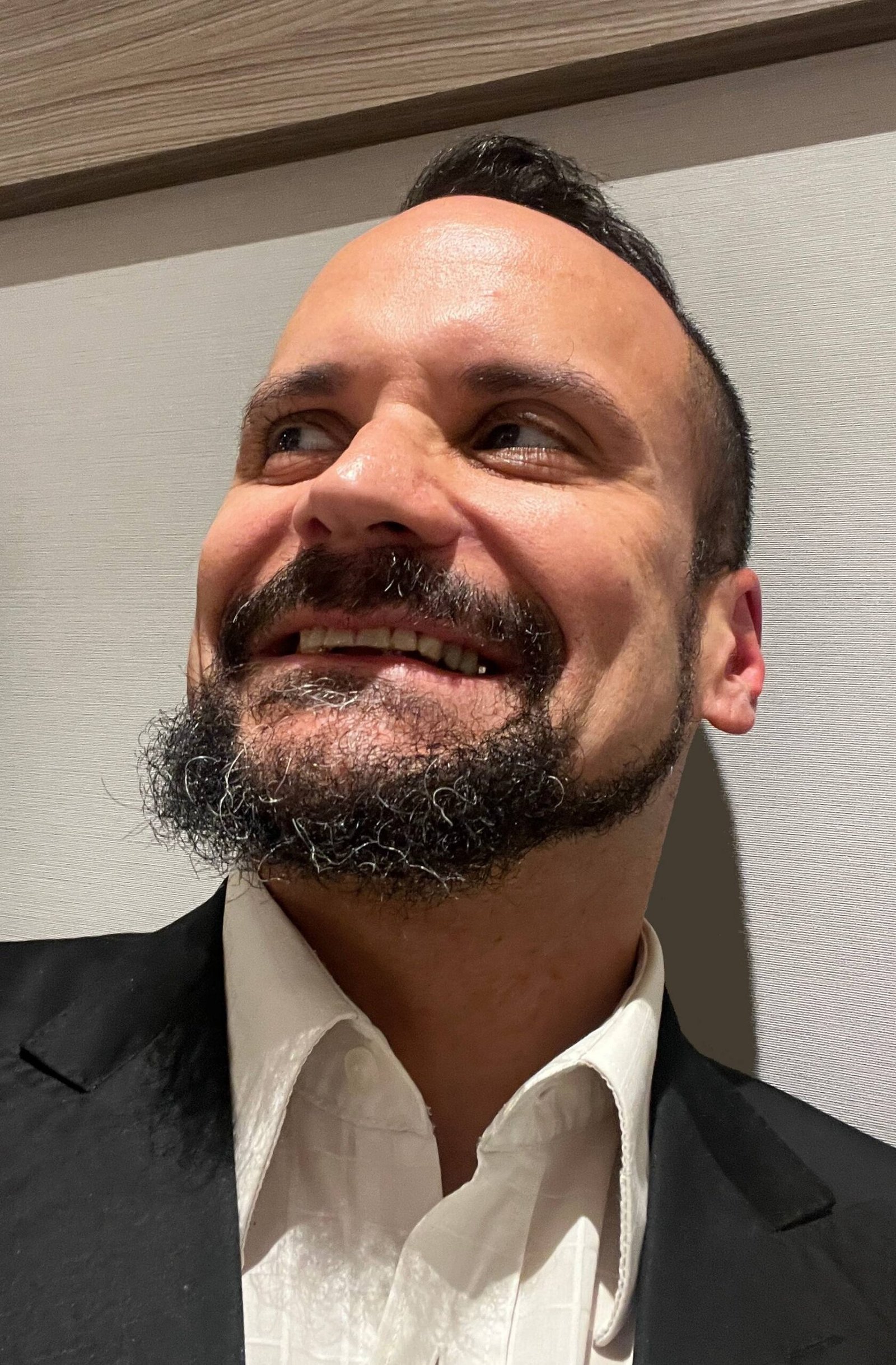
































QUICK AND DIRTY: LIVE FROM ROTTERDAM
Sylvester Stallone boasts during an interview that filming Rambo III (Peter MacDonald, 1988) was “advantageous” because the heat was extreme (up to 132°F/55°C) and people were “tense” and “edgy”. He goes even further, with his invariably upbeat and courageous tone: “There were 91 terrorist attacks while we were filming”. How exciting! These highly questionable “advantages” enabled the Americans to craft a very realistic war atmosphere. The film was set in Afghanistan and the bad guys were the Soviets, but it was the Israeli army that lent the good guys (their American friends) a helping hand. They allowed filming to take place in a high security military training zone bang in the middle of the Negev desert, a place where civilians were never allowed (particularly Palestinians).
The land was previous inhabited by the Jahalin Bedouins, a Palestinian tribe that was violently displaced by the Israeli colonisers. Those who did not pack quick enough had their camels and their possessions burned. London-based director Daniel Mann expresses his quiet indignation, while also drawing vaguely ironic parallels between fiction in reality, as he reads the numerous e-mails that he sent to Stallone, all of which remain unanswered. You wouldn’t expect the super-macho, rugged faced, trigger-happy American hero to cower to such sentimentalities, would you? In a way, Under a Blue Sun is a rhetorical movie. The answers to the questions asked by Daniel are right in front of our eyes. Clear as daylight. Bright as the sun.
Middle-aged bedouin Bashir Abu Rabiahr takes the director to the very place where Rambo III was filmed, and shares some of the props and unused reels that survived the four decades since. A member of the crew explains that many of the weapons and explosions were real, and that actual IDF members appeared in the film. A grenade exploded in his own hand because of the extreme heat, he proudly explains before showing the two missing fingers. He laughs the incident off with a bizarre and grotesque glee, despite his disfigured limb. This is the film’s second most powerful and revealing moment (second only to Stallone’s sinister bragging). Such lack of sensibility is staggering. It neatly symbolises an identity built upon military belligerence, combined ruthless, careless and shameless discourse.
A few art devices such as artificial smoke and filters are used in order to provide the movie with an ethereal quality, while not robbing the final product of its subtle yet pervasive political connotations.
The film title refers to the special affects applied to Rambo III on post-production in order to make the red-soaked desert look foreign and blue. Nobody was supposed to know that the film was made in Israel. The director’s tacit allegiance seems to lie with the victims of Israeli aggression, as he allows the bedouins to tell their story of oppression. His crew films as the IDF violently confronts an entire village, arresting a woman and knocking a cinematographer to the ground. His camera becomes a weapon in the geopolitical struggle for visibility and survival. In the same way that Hollywood used a movie camera as a geopolitical weapon against “evil” Soviets in the 1980s. Sadly, Mann’s weapon is not as sophisticated as Hollywood’s. Self-reflective political documentaries do not make it to you local Multiplex.
Under a Blue Sun premiered at the 53rd International Film Festival Rotterdam:





















